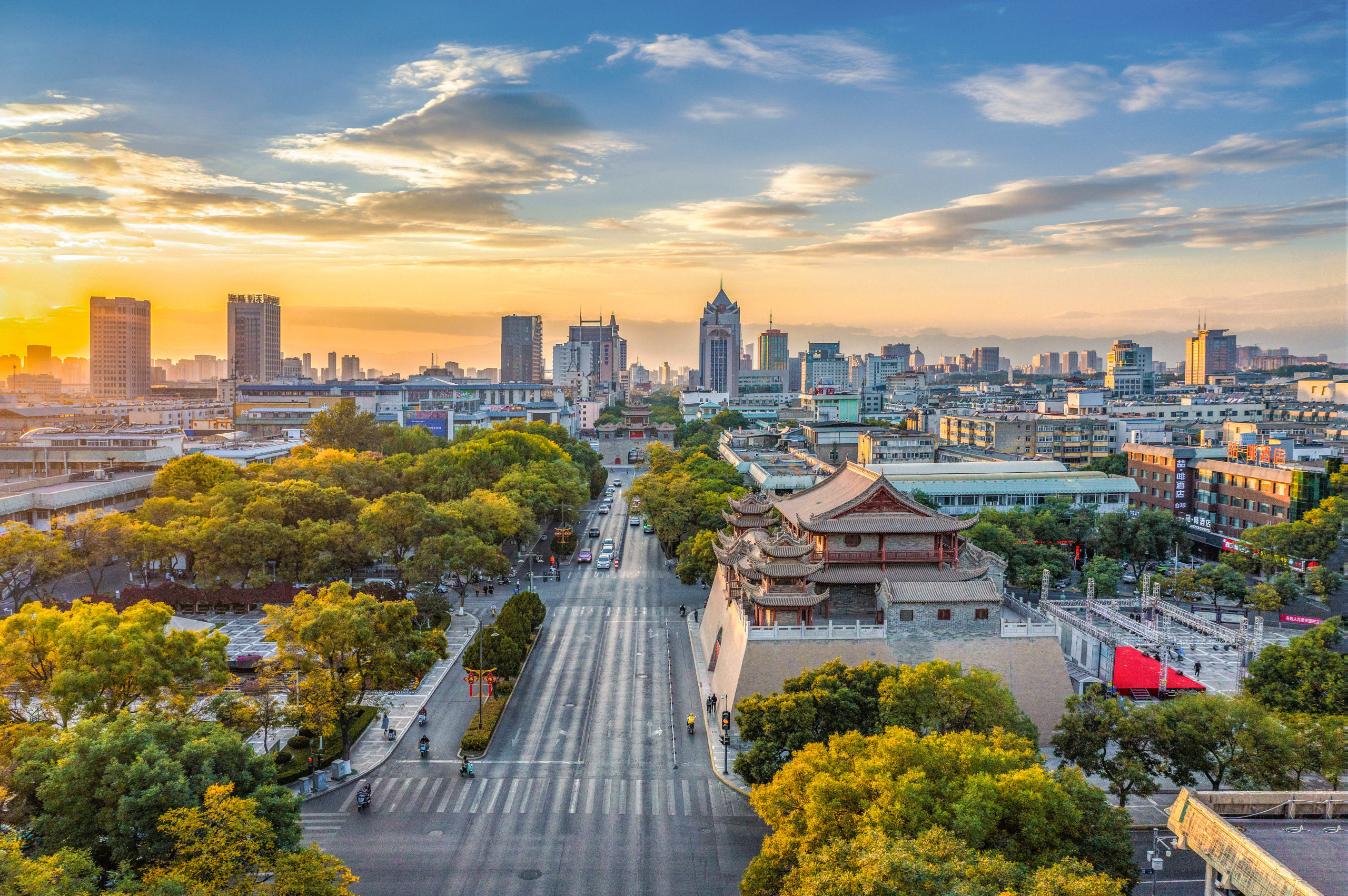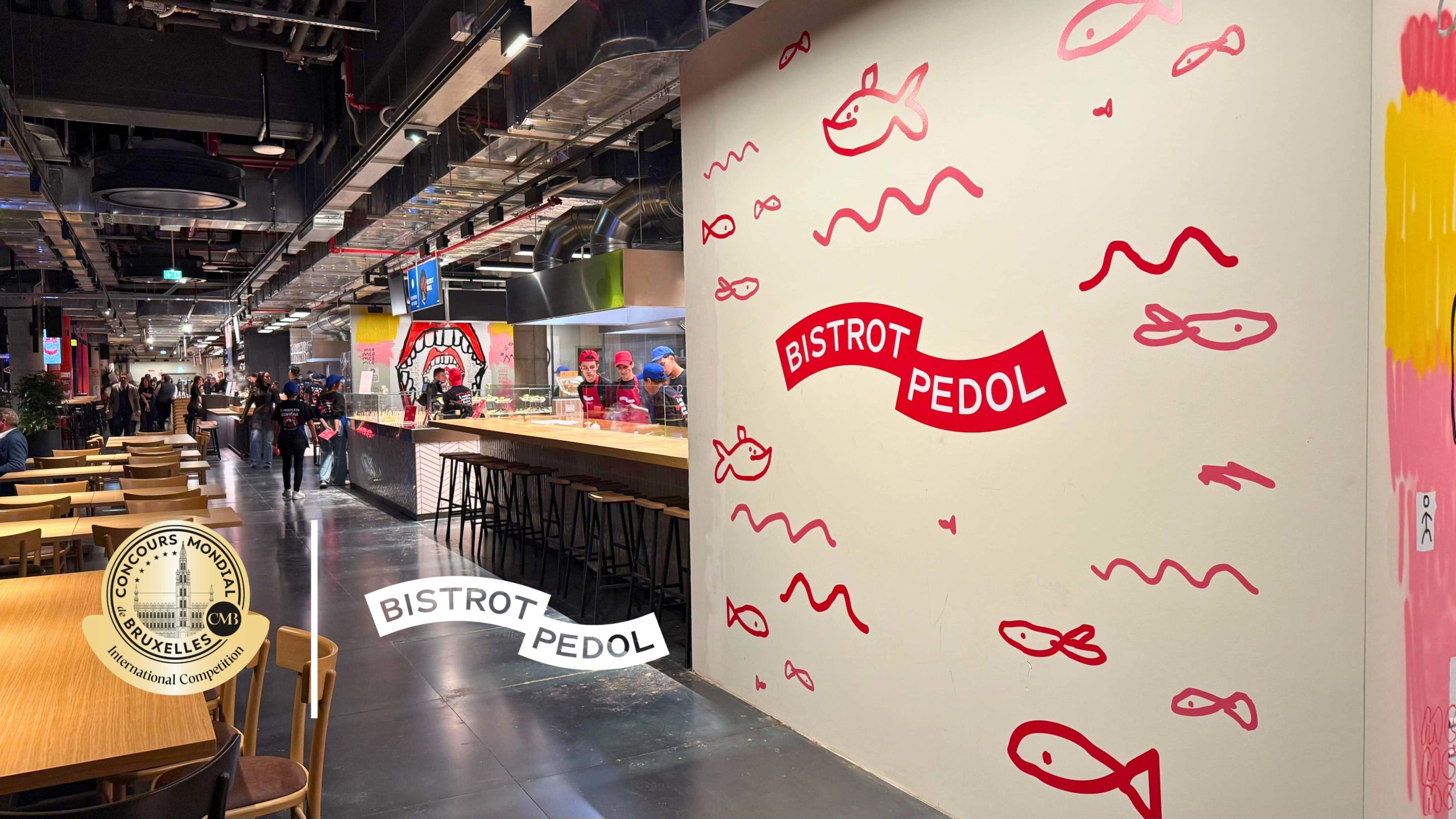Exploring Ningxia part I: Shizuishan and Yinchuan

For its 32nd edition, the Concours Mondial de Bruxelles will take place from June 9 to 12, 2025, in Yinchuan, the capital of Ningxia, China. This city, located at the foot of the Helan Mountains, is recognized as the heart of Chinese viticulture. Through these articles, we offer you a glimpse of Ningxia, its unique terroir, and its remarkable rise in the world of wine.
Previously, we explored Ningxia’s emblematic grape varieties, including Marselan, Cabernet Sauvignon, and Riesling. Shaped by a demanding climate and over three decades of experimentation, the region has emerged as a rising reference for quality wine in China.
Nestled at the foothills of the Helan Mountains, the regions of Shizuishan and Yinchuan embody two complementary facets of Ningxia’s remarkable wine story in China. Once dominated by coal mining and ancient cultures, these lands have been transformed into flourishing vineyards that symbolize both ecological renewal and cultural renaissance, putting Ningxia on the global wine map.
Shizuishan
Historically known for its extensive coal mining, Shizuishan was once a land scarred by pits and black ash, making it difficult for travelers and locals alike. Today, the area has undergone a remarkable transformation. The abandoned mines have given way to lush vineyards, where the mineral-rich soil, especially high in selenium, nurtures grapes of unique character.
One of the flagship wineries in the region is Chateau Hedong, whose roots run deep with century-old vines. Former coal mine operator Gong Jie embraced a new vision by converting his land into vineyards, practicing sustainable viticulture with an emphasis on biodiversity. Fruit trees, medicinal herbs, and grapevines coexist in a balanced ecosystem. This commitment to organic and environmentally friendly winegrowing earned Chateau Hedong two gold medals at the 2017 Concours Mondial de Bruxelles, making it one of the region’s most acclaimed producers.
Nearby, Chateau Western Spring stands out for its innovative approach to water management. In this semi-arid region, where rainfall is scarce yet prone to sudden heavy downpours, the winery has developed a sophisticated rainwater collection and irrigation system. This not only ensures healthy vines but also helps protect the fragile local ecosystem. Chateau Western Spring’s wines carry the essence of resilience, bridging a history of conflict with the promise of peace and prosperity.
Yinchuan
Yinchuan, Ningxia’s capital and a historical crossroads of the Tangut, Hui, Turkic, and Tibetan peoples, benefits from a diverse terroir and ideal climatic conditions. It is the heart of Ningxia’s wine industry, hosting nearly half of the region’s wineries, distributed among six distinct sub-regions: Jinfeng, Xixia, Helan, Yongning, Lingwu.
In Jinfeng District, Li’s Vineyard shines for its urban location and exceptional rosé wines. Founded by Li Xueren, a former real estate entrepreneur who anticipated Ningxia’s wine potential, the estate produces wines celebrating family and love. Its flagship rosé, “Ting,” named after Li’s wife, embodies the idea of enduring affection, blending fresh fruity aromas with delicate floral notes. The vineyard’s success and warm hospitality have made it a favorite stop for wine lovers visiting Yinchuan.
The Xixia District offers a blend of modernity and tradition. The Chateau LongYu, born from a collaboration with the prestigious European Moser family, produces world-class wines in a stunning Byzantine-style estate. Their meticulous attention to terroir and craftsmanship showcases Ningxia’s potential on the international stage.
Another notable estate, Yuanshi Vineyard exemplifies the harmony between man and nature. Located on the site of an old quarry, it has been transformed into an ecological garden with abundant flora and fauna. This winery embraces Chinese cultural aesthetics in its architecture and winemaking philosophy, emphasizing sustainability and respect for nature. President Xi Jinping’s visit in 2020 underscored its national importance.
Among other distinguished producers, Helan Qingxue Vineyard gained international fame after winning several medals in international competitions, placing Ningxia firmly on the world wine map. Meanwhile, Kanaan Winery, led by Wang Fang, has championed Riesling in this challenging climate, becoming a respected name both domestically and abroad. Its elegant white wines with crisp acidity and aromatic complexity have earned accolades and admiration.
Beyond their viticultural and architectural distinctiveness, Shizuishan and Yinchuan stand as true symbols of regional renewal. These lands, where industrial heritage and ancient traditions meet innovation, offer an inspiring example of a viticulture that respects nature while embracing the future
To be continued: Exploring Ningxia part II : Qingtongxia and Hongsibu
Baudouin Havaux


